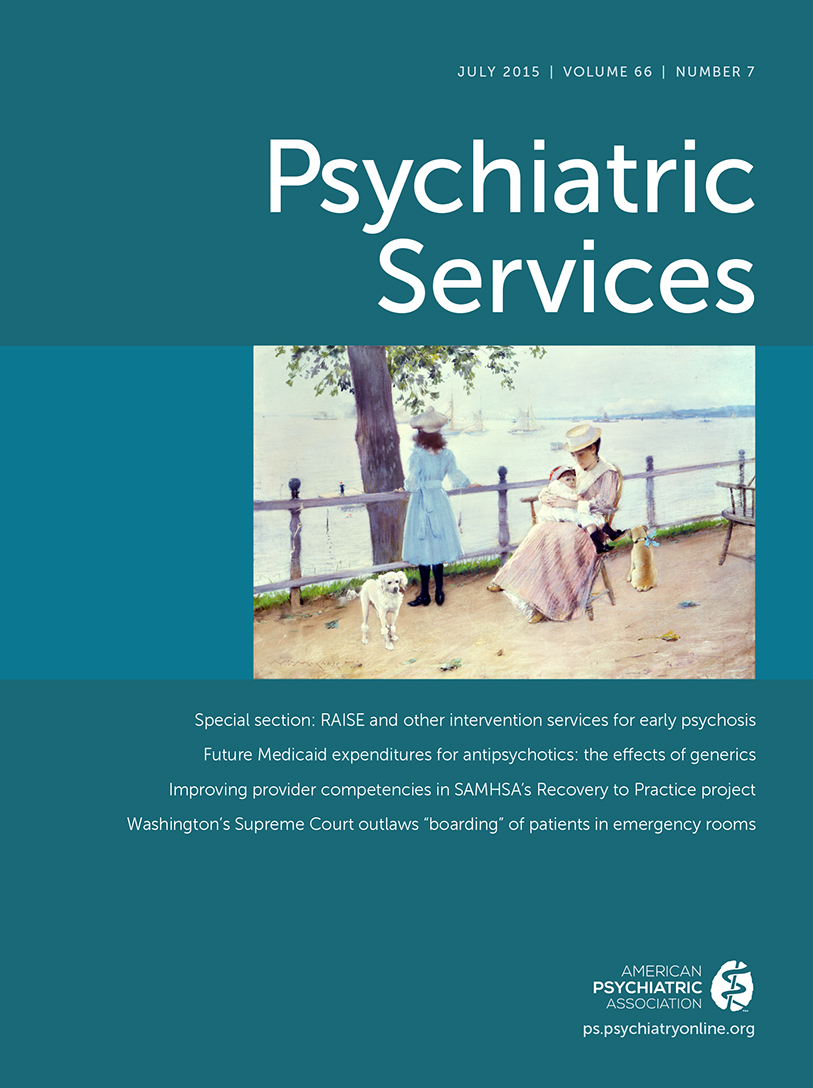Surveys of Police Chiefs and Sheriffs and of Police Officers About CIT Programs
Abstract
Objective:
Two surveys were conducted on the crisis intervention team (CIT) model, a police-based program designed to improve responses to individuals with mental illnesses.
Methods:
Data were collected between July and September 2013 from 171 police chiefs and sheriffs (42 had implemented CIT in their agency), and 353 law enforcement officers (273 had CIT training) in Georgia.
Results:
Police chiefs and sheriffs reported barriers to implementing CIT, such as not having enough officers and insufficient access to mental health services. CIT-trained officers differed from non–CIT-trained officers only with regard to being less likely to use force in response to a man with psychotic agitation described in a vignette, when the analysis controlled for whether the officer carried an electronic control device.
Conclusions:
Some hypothesized differences, such as in job satisfaction and work burnout, were not observed. However, CIT-trained officers appeared to be less likely to revert to force in a situation involving psychotic agitation.



